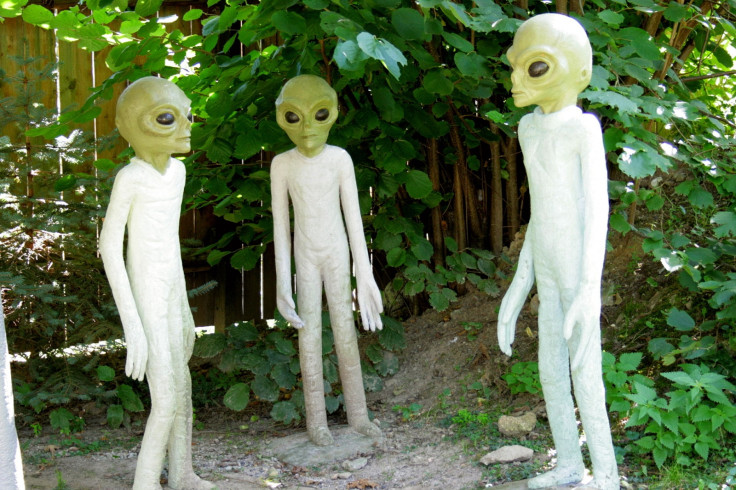Nasa Guide to Search for Alien Life in Future

Scientists have identified they cannot just rely on the detection of one type of gas such as oxygen or methane in their search for extra-terrestrial life.
In a study entitled Abiotic Ozone And Oxygen In Atmospheres Similar To Prebiotic Earth published in The Astrophysical Journal, Nasa researchers replicated the atmospheres of desolate worlds over a period of more than four years and found these gases were also being produced "non-biologically".
"When we ran these calculations, we found that in some cases, there was a significant amount of ozone that built up in the atmosphere, despite there not being any oxygen flowing into the atmosphere," said Shawn Domagal-Goldman of Nasa's Goddard Space Flight Center in Greenbelt, Maryland.
Ozone is made up of a combination of molecular oxygen (two oxygen atoms) and atomic oxygen (one oxygen atom). It was previously thought that as life originates from the molecular oxygen on Earth, the gas used in the photosynthesis in plants, the presence of these gases in a planet's atmosphere were very strong bio-signatures.
But scientists found molecular oxygen and ozone can be created without life when ultraviolet rays were able to break apart carbon dioxide in the simulated atmosphere.
The research suggests enough ozone could be created for it to be detected across space, so any detection of this gas is not a definite sign of life.
"However, our research strengthens the argument that methane and oxygen together, or methane and ozone together, are still strong signatures of life," Domagal-Goldman said.
"We tried really, really hard to make false-positive signals for life, and we did find some, but only for oxygen, ozone, or methane by themselves."
Methane, which is a carbon atom, and is mostly produced biologically on Earth, will not last long in an atmosphere that contains oxygen, as a chemical reaction will consume it.
"It's like college students and pizza," says Domagal-Goldman. "If you see pizza in a room, and there are also college students in that room, chances are the pizza was freshly delivered, because the students will quickly eat the pizza.
"The same goes for methane and oxygen. If both are seen together in an atmosphere, the methane was freshly delivered because the oxygen will be part of a network of reactions that will consume the methane."
The research, which was part-funded by the Nasa Astrobiology Institute's Virtual Planetary Laboratory, will be used towards the creation of future space telescopes looking for life on other planets.
"Context is key - we can't just look for oxygen, ozone, or methane alone," said Domagal-Golman.
"To confirm life is making oxygen or ozone, you need to expand your wavelength range to include methane absorption features. Ideally, you'd also measure other gases like carbon dioxide and carbon monoxide."
© Copyright IBTimes 2025. All rights reserved.





















